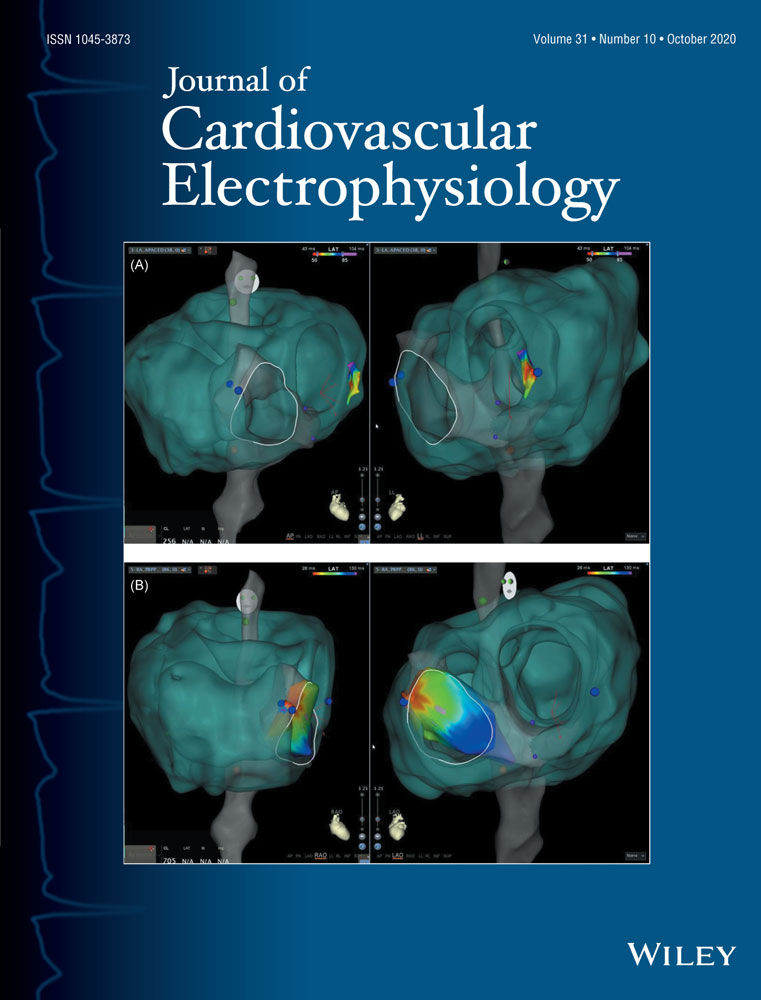Electroanatomic guidance versus conventional fluoroscopy during transseptal puncture for atrial fibrillation ablation
Disclosures: Massimo Grimaldi has a patent agreement with Biosense Webster regarding the development of new technologies not related to this study. Other authors: No disclosures.
Abstract
Introduction
Technological advancement in the setting of atrial fibrillation (AF) ablation has decreased radiation exposure and complications associated with the procedure. Yet, transseptal puncture (TSP) remains a challenging step that necessitates accurate guidance. We describe our experience performing TSP under electroanatomic (EA) guidance.
Methods and results
The analysis included 145 consecutive EA-guided ablation procedures performed between June 2018 and April 2019 and 145 consecutive standard ablations performed before June 2018. EA guidance utilized the CARTO 3 three-dimensional mapping system to reconstruct anatomic and electrical characteristics of the right atrium and fossa ovalis. Patients with a history of previous cardiac surgery were excluded. For EA-guided procedures, the mean patient age was 60 ± 10 years, 75.2% were male, and 69.0% had paroxysmal AF. Similarly, the mean age for conventional procedures was 60 ± 11 years, 71.0% were male, and 71.7% had paroxysmal AF. The fossa ovalis was detected as a region of low voltage, <0.75 mV. EA guidance yielded shorter fluoroscopy times (EA vs. conventional, 3.6 ± 2.5 vs. 13.5 ± 10.5 min; p < .001) and a lower dose area product than conventional guidance (13 ± 11 Gy* cm2 vs. 28 ± 27 Gy* cm2; p < .001). The total procedure duration was similar between groups (146 ± 48 vs. 148 ± 54 min). There were no significant complications related to TSP.
Conclusion
During AF ablation, TSP with EA guidance facilitated safe access to the left atrium while reducing radiation risk to both patients and operators.




